The Royal Navy of the United Kingdom has fewer sailors than ever before. Consequently, they’ve had to decommission two warships because they simply don’t have enough bodies to run them.
And while some say that decommissioning the ships was the right choice and will enable the Royal Navy to focus on the future, others argue they should be enlarging the fleet, not shrinking it.
The Royal Navy Is Experiencing the Worst Enrollment in History
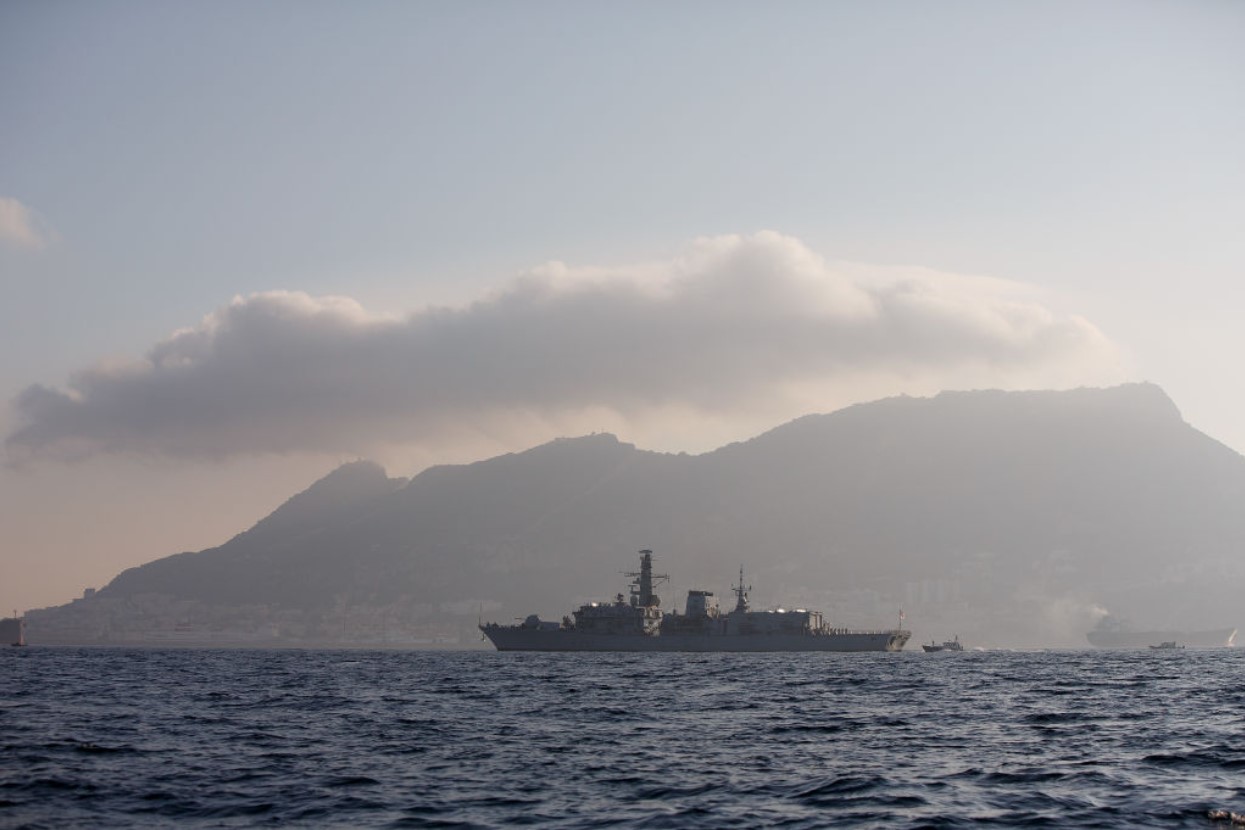
Recruitment at the Royal Navy is plummeting; intake decreased by 22.1% from March 2022 to March 2023.
This is significantly higher than the Army’s 15% decrease and even the Air Force’s 17% drop. In fact, things are so dire that any existing soldier can now receive a £500 bonus if they convince a friend to join.
Some Sailors Are Leaving the Royal Navy for Better Pay Elsewhere
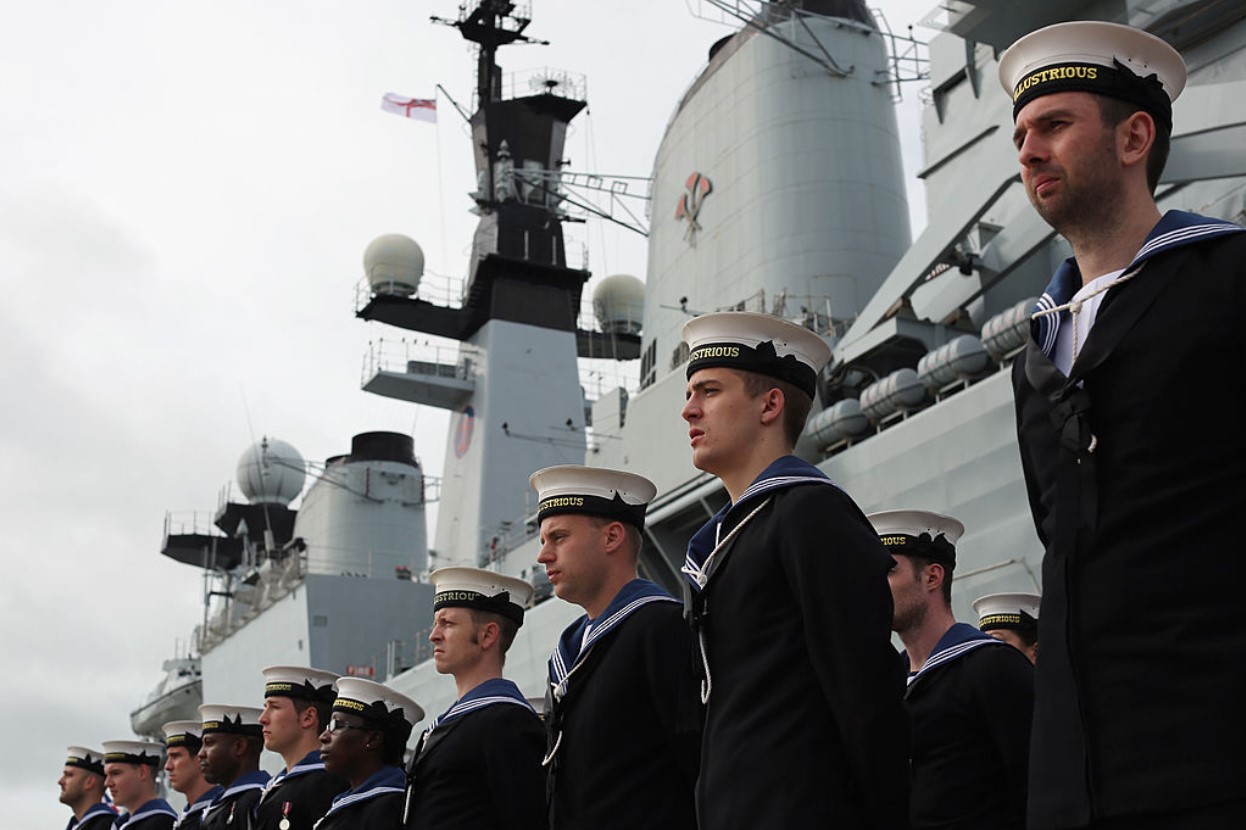
The Royal Navy has also noticed a steep increase in sailors leaving their posts in order to make more money elsewhere.
Private contractors have been convincing these sailors, engineers, and divers to work for them as they pay more than double what the Navy does.
HMS Westminster and HMS Argyll Have Officially Been Decommissioned
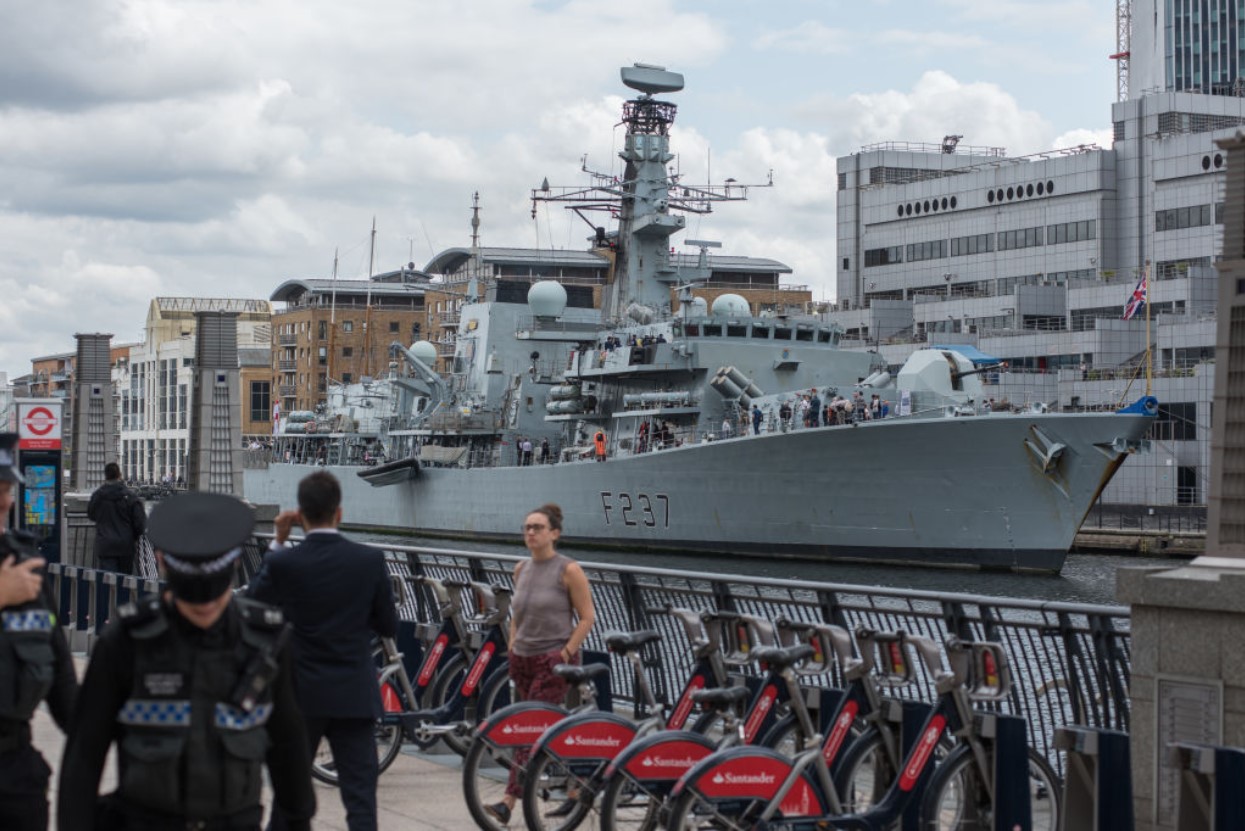
In response to the current dilemma, the Royal Navy has decided to officially decommission the warships HMS Westminster and HMS Argyll from duty.
And the decision has certainly been met with mixed reviews. One major complaint is that the Royal Navy spent a whopping £100 million to refit the HMS Westminster in 2017, making some wonder if the RN is spending their money efficiently.
Making a Small Fleet Even Smaller
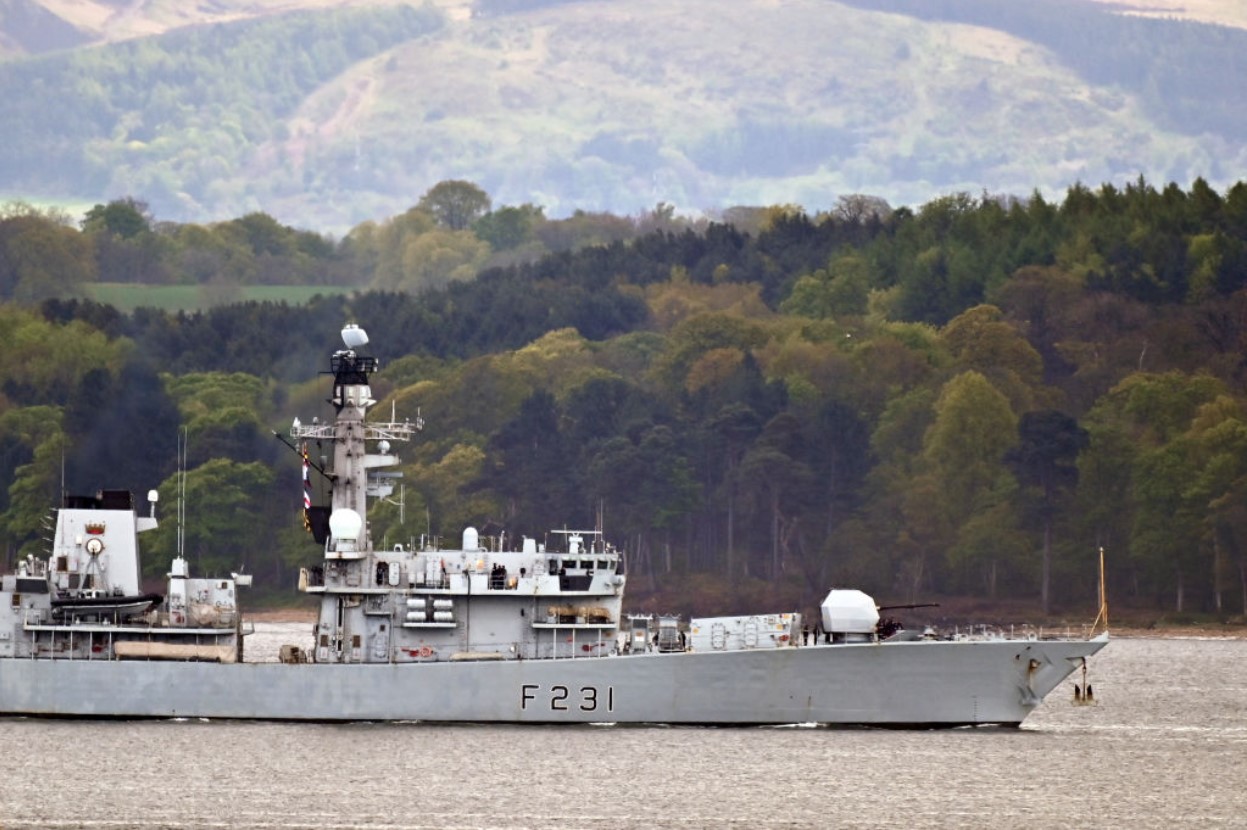
Another concern is that the Royal Navy is already working with a fleet that is too small and that by removing two warships, they are putting themselves at risk if any kind of war or attack were to occur.
In 2023, the head of the UK’s armed forces, Admiral Sir Tony Radakin, told the press that there were only 11 or 12 fully operational destroyers or frigates. And former head of the Royal Navy, Admiral Lord West, said the Navy’s ships are “dropping like flies.”
The Royal Navy Claims They Have all They Need
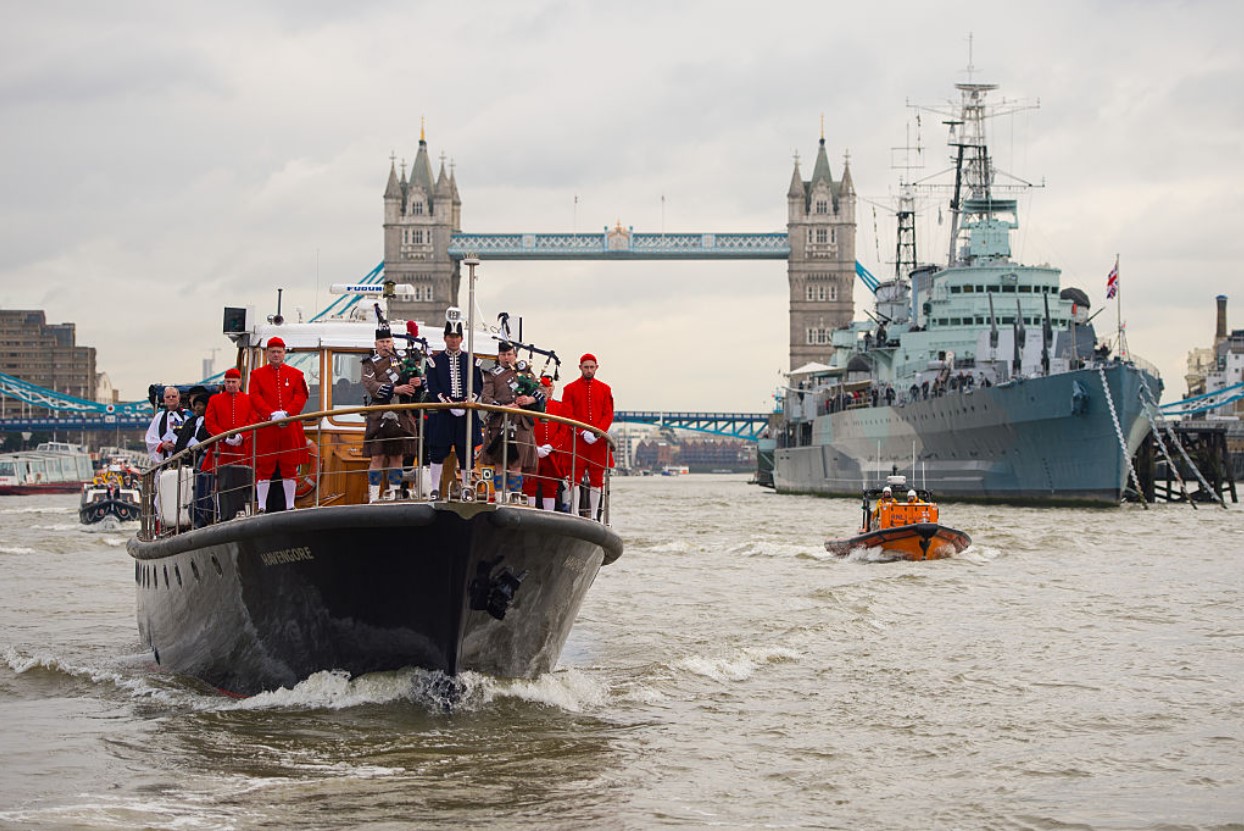
As the fleet, or lack thereof, has become a concern for the British people, a spokesperson from the Royal Navy told the press they don’t have less than they need.
Their exact words were, “The Ministry of Defence is committed to ensuring the Royal Navy has the capabilities it needs to meet current and future operational requirements.”
The Decommission Is Sad but Not Problematic

The Royal Navy also wants to make it clear that while many might be disappointed or even sad by the decommissioning of the warships, it is what’s right for the organization.
An RN spokesperson said in a statement, “’It is always emotive when ships with long histories come to the end of their working lives. But decommissioning is the right decision.”
The Decommissioning Is Coming at a Challenging Time

The Royal Navy has recently engaged with an international coalition to ensure ships carrying consumer products can safely navigate the Red Sea as attacks from the Houthi terrorist group from Yemen have been increasing.
While Britain still hasn’t committed to armed support in the Red Sea, when asked if it would be soon, Prime Minister Rishi Sunak said, “Planning is underway for a range of scenarios. No decisions have been made.”
There Is Currently Only One Warship in the Red Sea
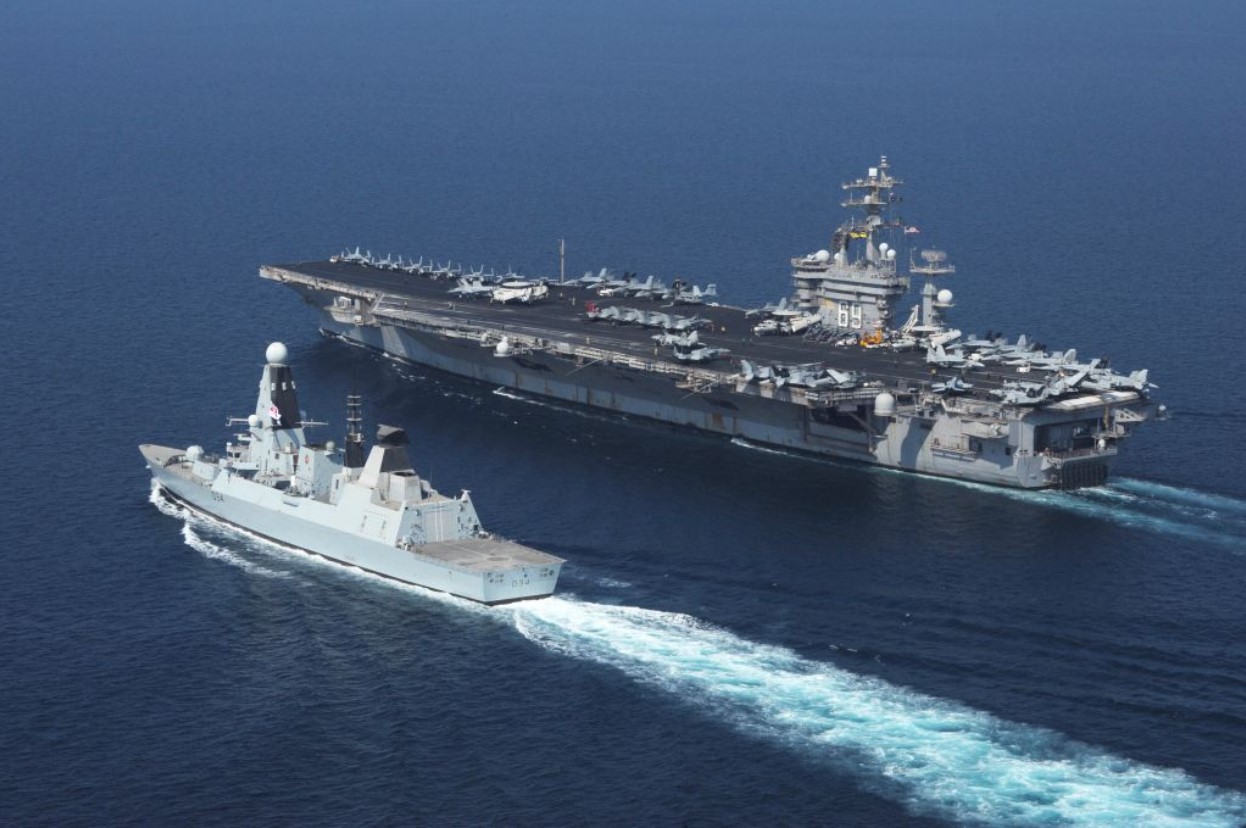
While the Yemeni group is attacking ships on their way to Israel in the hopes of ending the country’s attacks on Gaza, the Royal Navy only has one ship assigned to the job of protecting these vessels.
The HMS Diamond is in the Red Sea now, but many are wondering if and when the Royal Navy will send more.
The Royal Navy Plans to Replace the Decommissioned Ships

The minister for defense procurement, James Cartlidge, has said that decommissioning the older ships will allow the Royal Navy to focus its money and attention on modern ships with better technologies.
It was also said by a source that new Type 26 frigates would be in service in no time and servicing the older warships would have been a waste of time and money.
Who Will Run the New Type 26 Frigates?
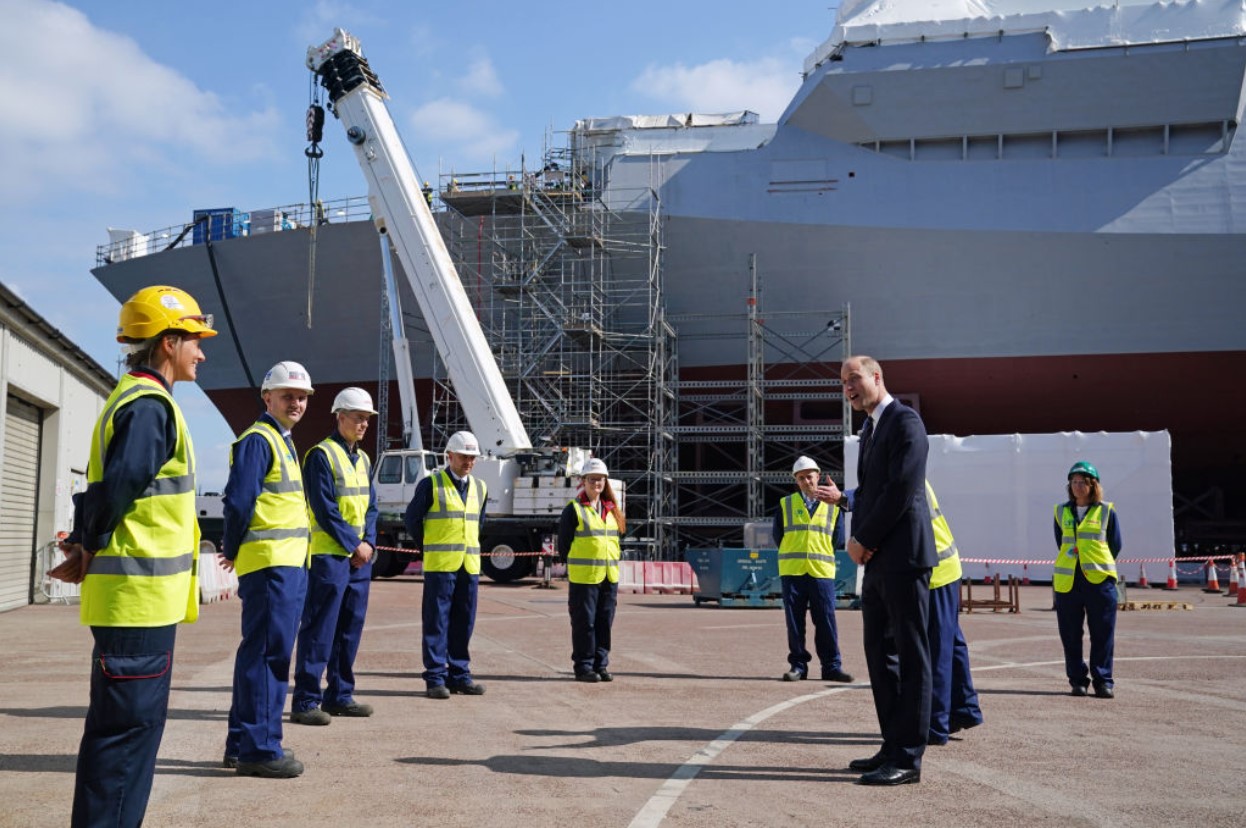
Of course, this begs the question, if they decommissioned the older ships due to a lack of sailors, who will be running the new Type 26 frigates supposedly almost ready for service?
The Royal Navy has yet to answer that question directly, but a spokesperson confidently said in a recent press release, “The operational requirements of the Royal Navy are kept under constant review.”
The Royal Navy Needs More Sailors
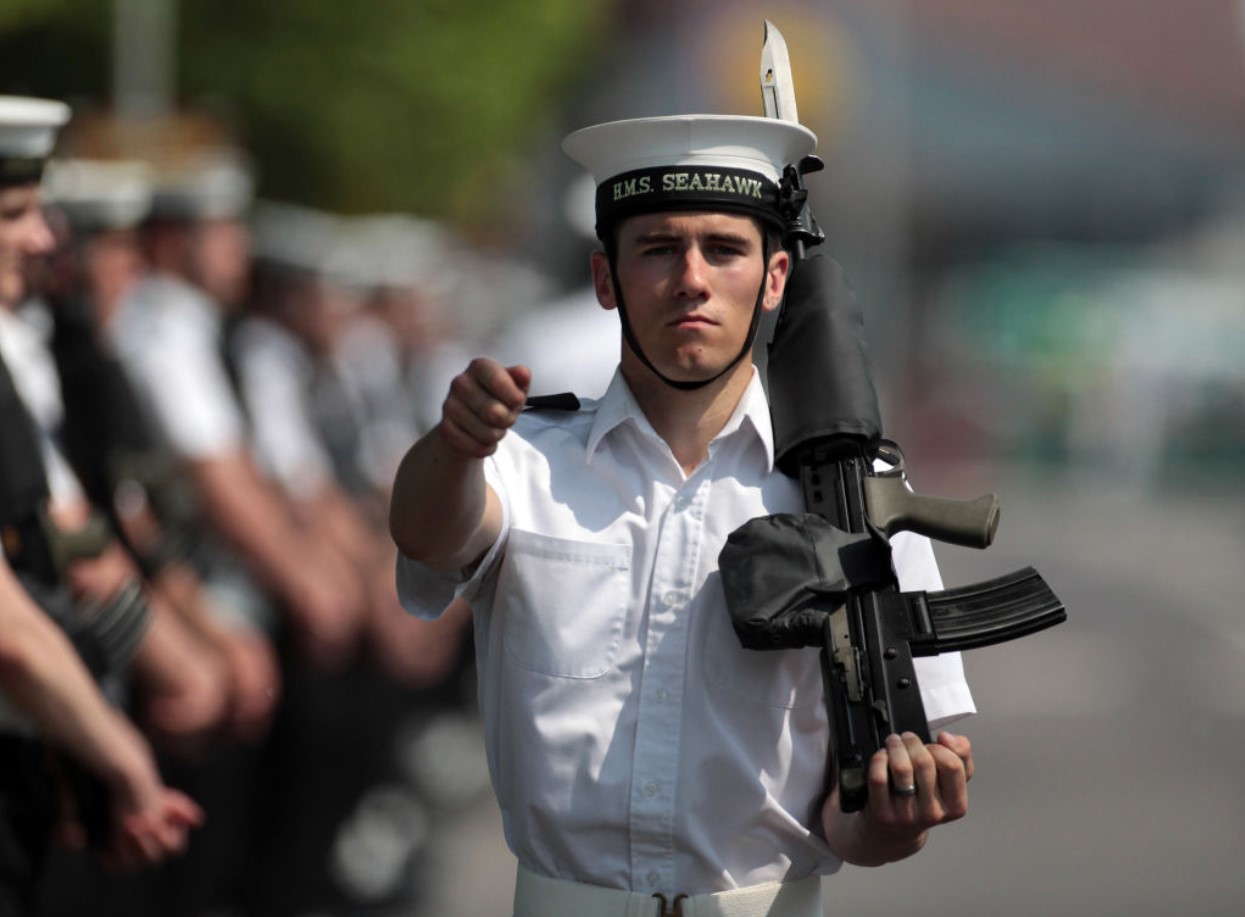
As of 2023, there were a total of only 26,330 active personnel in the Royal Navy. Which is staggeringly low compared to the 861,000 it had in 1945 and even the 62,000 it had in 1991.
And the bottom line is that if the Royal Navy wants to continue operating any of its warships, let alone all of them, they need recruitment numbers to improve as soon as possible.
